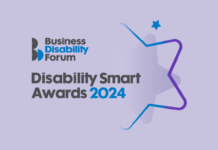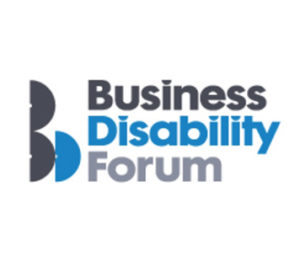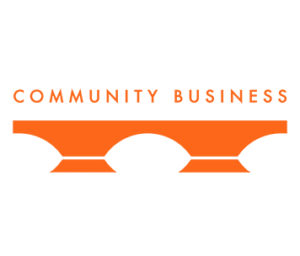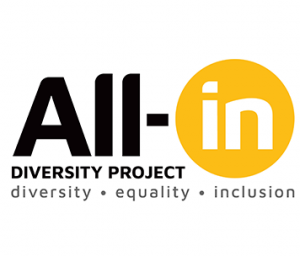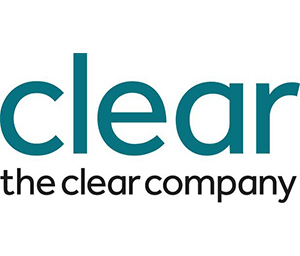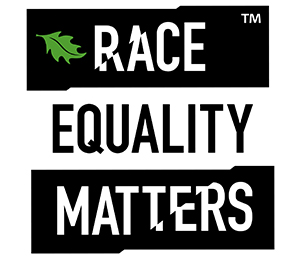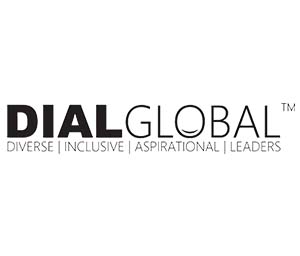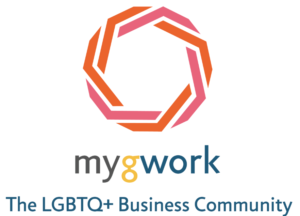Are you ready for mandatory ethnicity pay gap reporting? Jenny Hinde, Director of the Clear Company, explains why businesses should ready for it, along with practical guidance on how to make a start.
With mandatory ethnicity pay gap reporting in the UK imminent, what can businesses do to make a start and how should they use the results? Different organisations are at different stages of their journey, as highlighted in PWC’s Ethnicity Pay Gap reporting 2020 survey. Around 23% of businesses surveyed are now calculating their ethnicity pay gap, compared to 5% in 2018. Additionally, 10% are now voluntarily disclosing their ethnicity pay gap.
Pay gaps of all types are almost always a reflection of non-inclusive culture and go hand-inhand with other symptoms, such as low demographic disclosure rates, expensive talent attrition, low internal career progression and poor engagement levels.
DATA COLLECTION CHALLENGES
Collecting and understanding your diversity or demographic data is hugely important as it provides valuable insight into where you are today. It also helps to identify barriers, as well as opportunities, to be more inclusive to ensure that you attract and retain the best talent. Your data will highlight areas of disproportion amongst colleagues pay; zoom in on areas of potential bias and inequality; allow you to understand the scale of the challenge; and demonstrate your public commitment to effect and measure change.
This essential starting point in changing a complex issue works just as well in small, large and global organisations. It allows you to understand the real root causes of your ethnicity pay gap and means you can address them rather than just treating the symptoms. The most common challenges to data collection relate to legal requirements and the capability of systems to collect; and store the data so that meaningful reports and questions can be answered.

Gaining meaningful information from the raw data requires preparation, consistent processes and trust. Ensuring employees feel confident in sharing personal data is paramount, which relies on creating a culture of trust. So what are the main things to incorporate when understanding your ethnicity pay gap?
ETHNICITY PAY GAP REPORTING PREPARATION
Consider the questions you want your data to answer and check existing sources. You may have some of it recorded already for different purposes. It is important that when asking sensitive questions, you are clear on your approach. This will ensure that you adhere to data protection law as well as increase the chances of your employees answering your questions honestly.
Address topics such as:
- Who will hold overall responsibility for the project?
- How the data will be used?
- Exactly how will you ensure confidentiality?
- Who will have access to the data?
- Can you guarantee the security of the data and ensure that you are compliant with what is legally and culturally acceptable within each of the geographies you operate?
- How will the impact of new initiatives/policies/activities be monitored?
COLLECTING DATA
Consider your data collection template and reporting mechanism. In the absence of anything official, an initial survey can be a good starting point as it does not necessarily have to rely on your HR systems; and can capture a specific part of the employee lifecycle.
Assessing the impact of circumstances rather than simply applying a ‘label’ to an employee dependent on a characteristic of their circumstance, such as ethnicity or disability, is a more involving approach for employees and results in a much higher level of engagement and disclosure. Other circumstances to consider include:
- Find out who wants to work for your organisation.
- Analyse if there are any characteristics more likely to leave the organisation.
- Understand if there are any trends associated with grievances, redundancies or dismissals.
- See who is represented at senior levels of the organisation.
- Get a snapshot of what your overall workforce looks like and how this may change.
- When conducting training (internally and externally) capture this information within the sign-up process.
- Ask your third-party recruiters to introduce monitoring as part of their process. Not only is this a good way of monitoring their performance, it adds rich data for you to use internally.
REPORTING & TAKING ACTION
Ensure reporting is meaningful and leads to action. It’s vital to be transparent in reporting both internally and externally. Introduce a trends analysis so that changes can be tracked and action plans adapted. Finally, ensure you have appropriate reporting mechanisms and communications processes in place.
With successful communication of your data collection and insight leading to an engaged workforce, an action plan of specific and achievable actions across all stakeholder groups are essential to making progress. There is always a tendency to focus on doing something new. However, we recommend that you consider making changes to the way you already operate to embed inclusive practice; and avoid initiatives that do not have long lasting impact.
Challenging and changing existing behaviours requires a continuous focus, and most importantly of all, support at Board level. Leadership behaviours dictate what is ‘acceptable behaviour’ to the whole of an organisation. Without this, there is little sustainable impact.

Image credit: Pexels
ENGAGING EMPLOYEE NETWORK GROUPS
Employee network groups are also a great way to engage people within the organisation, amplify the voices of diverse talent and visibly commit to taking action. Allowing them to become properly funded, strategic partners with an established purpose and objectives, will ensure collaboration and engagement across the organisation.
Inevitably, there will be a significant need for education and this will be at all levels of the organisation. It’s worth including leadership coaching, HR training and practice guidance, Recruiter and Hiring Manager awareness training. Additionally, it’s worth considering specific skills development for those involved in job design, competency assessment and employee development decision making.

ABOUT THE AUTHOR
Jenny Hinde is a Director at the Clear Company. She has more than 20 years’ experience as an HR Director. Her most recent role as an HR Director of Amey saw her lead a successful Diversity and Inclusion agenda in the construction and engineering sector for 10 years. With a pan-diversity approach, Hinde is highly experienced in defining the business case, setting the strategic direction and implementing robust solutions to diversity challenges. At the Clear Company, she works closely with clients in the Engineering, Professional Services and Retail sectors and has successfully developed and facilitated global inclusive leadership programmes.




























